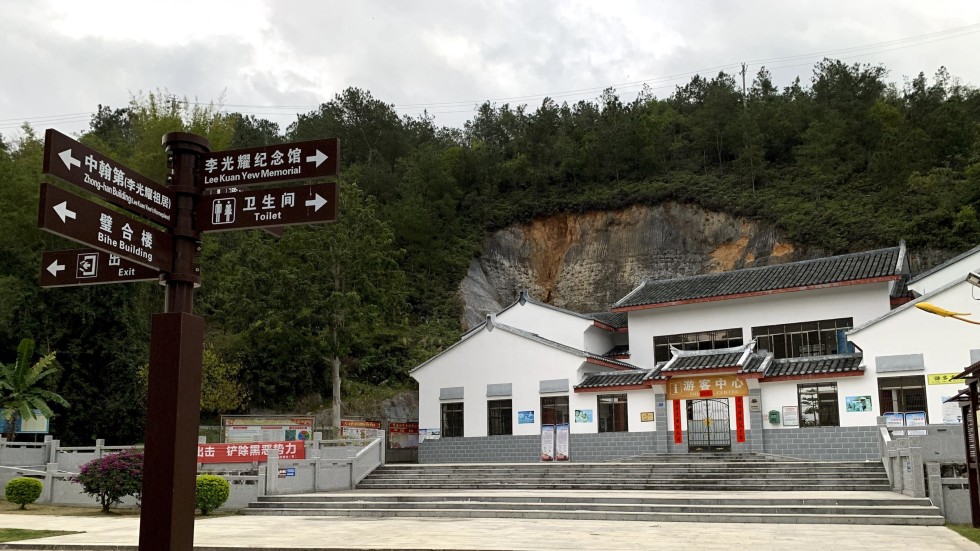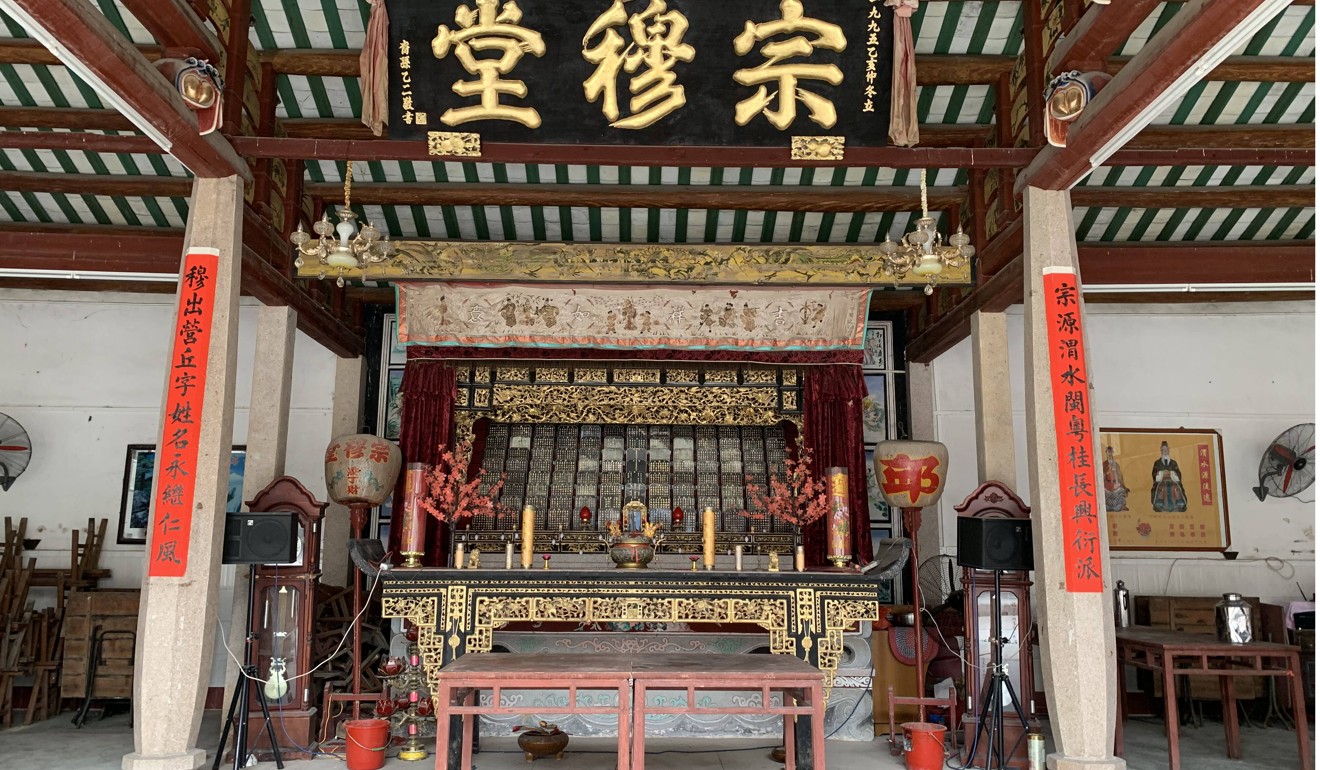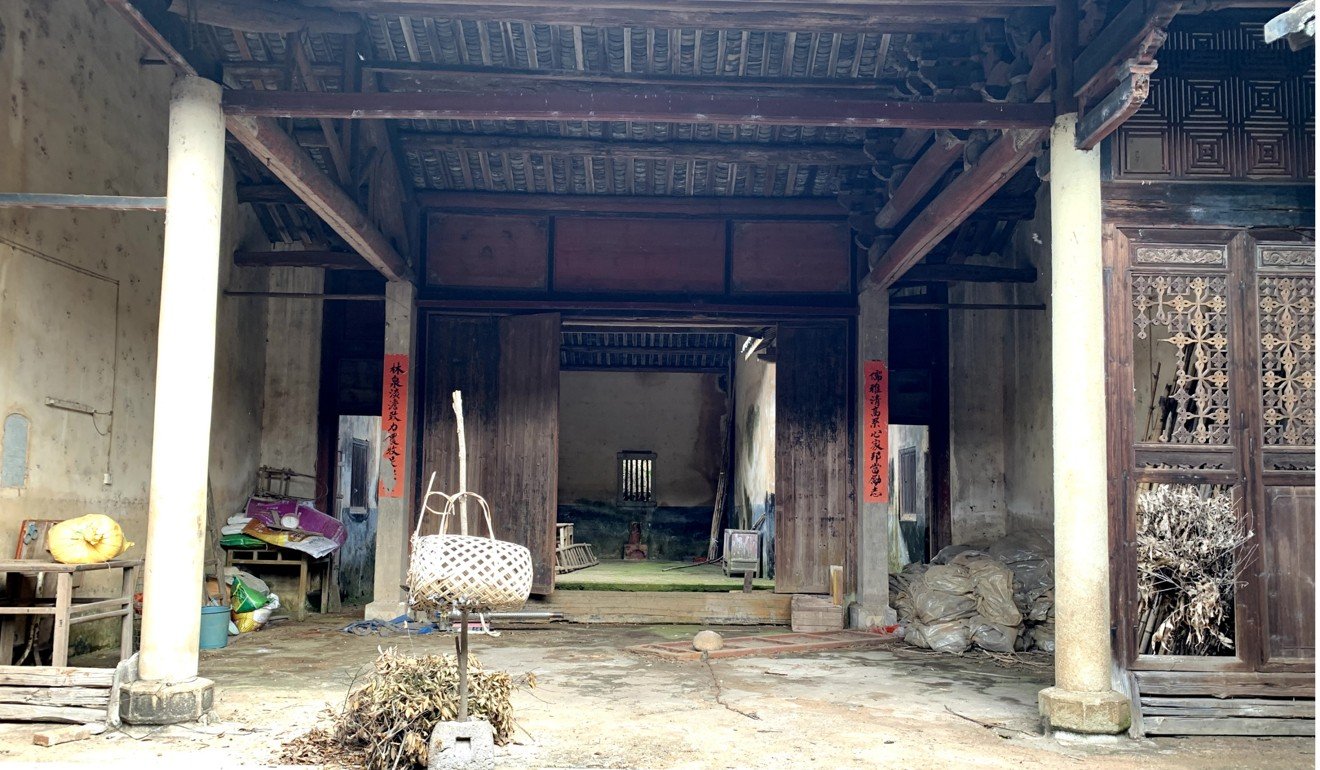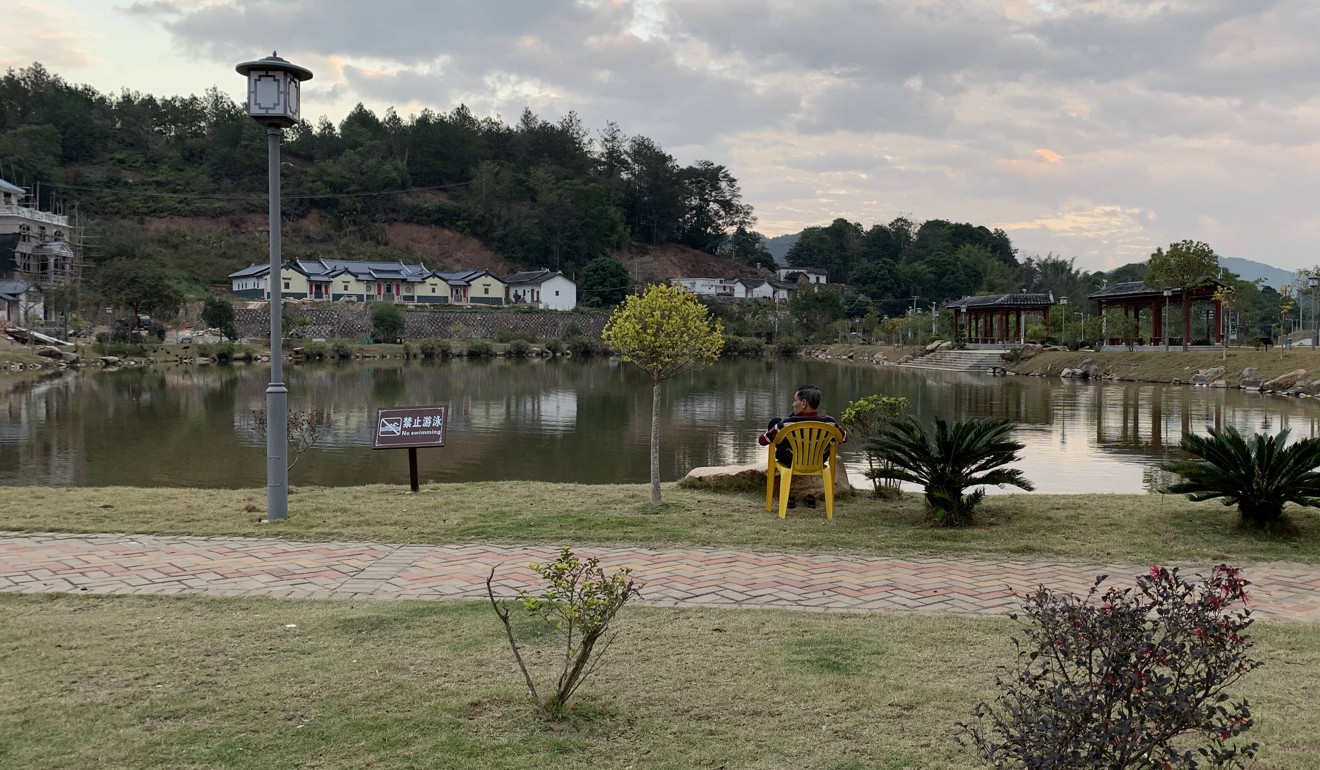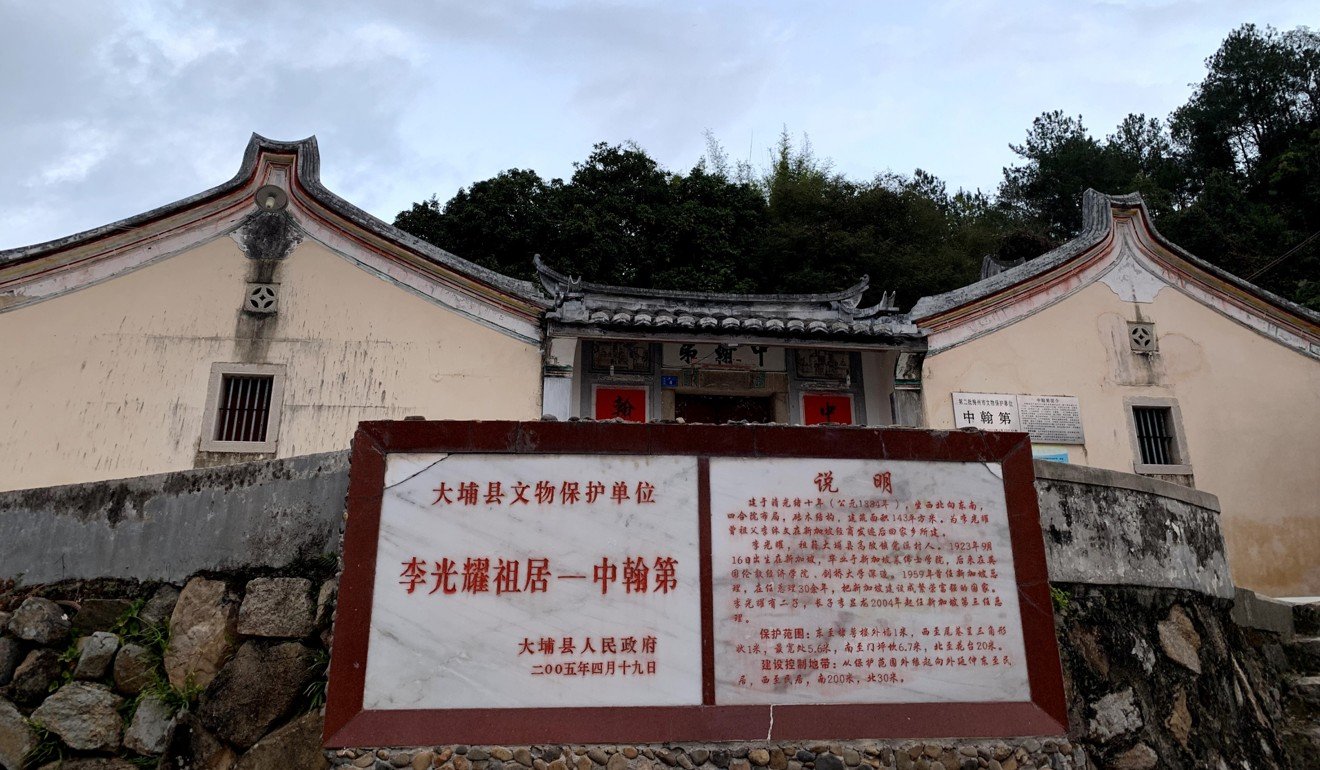Hendrik_2000
Lieutenant General
Not all peranakan are wealthy and some of them are quite poor actually in the 60's How did they live and where did they live Here is a glimpse of live in the 60's They live in Kampong(village) mostly rumah atap( Corrugated steel roof home) Not that many left in Singapore . Even thought they are poor they live in Harmony with their neighbor in multi race setting Now there is nostalgia about slow living in very hectic modern life
Goodbye My Kampong! Potong Pasir, 1966 to 1975
$18.60 SGD
quantity
by Josephine Chia
Synopsis
Sequel to Josephine Chia’s 2014 Singapore Literature prize-winning book, Kampong Spirit - Gotong Royong: Life in Potong Pasir, 1955 to 1965.
Kampong life in Singapore did not end in 1965 with her independence.
In Josephine Chia’s new collection of non-fiction stories, the phasing out of attap-thatched villages, the largest mass movement in Singapore, is set against the backdrop of significant national events.
Weaving personal tribulations—her teenage angst—and the experiences of villagers from her kampong, Josephine skilfully parallels the hopes and challenges of a toddling nation going through the throes of industrialisation and rapid changes from 1966 to 1975.
These delightful, real-life stories, sprinkled with snippets of her Peranakan culture, reveal the joie-de-vivre of gotong royong or community spirit, despite impoverished conditions, in the last days of kampong life.
About the author
Josephine Chia is proud of her Peranakan heritage. She is internationally published in both adult fiction and non-fiction. Goodbye My Kampong! Potong Pasir, 1966 to 1975 is her tenth book. She is happiest when she is in the dreamtime flow of creative writing.
The impoverished years of her life in Kampong Potong Pasir had taught her to be resilient, to share and to find joy in everyday living. Josephine’s love for stories and story-telling developed from her gotong royong community in kampong life and story-telling evenings.
Josephine spent half her life in Singapore and half in UK but now lives in Singapore. She currently nurtures aspiring writers and is Creative Writing mentor to students as well as adults on various MOE, NAC and NBDCS programmes. She has won several literary awards, both in UK and Singapore.
Her books have been translated into Bahasa Indonesia and Malay.
Goodbye My Kampong! Potong Pasir, 1966 to 1975
$18.60 SGD
quantity
by Josephine Chia
Synopsis
Sequel to Josephine Chia’s 2014 Singapore Literature prize-winning book, Kampong Spirit - Gotong Royong: Life in Potong Pasir, 1955 to 1965.
Kampong life in Singapore did not end in 1965 with her independence.
In Josephine Chia’s new collection of non-fiction stories, the phasing out of attap-thatched villages, the largest mass movement in Singapore, is set against the backdrop of significant national events.
Weaving personal tribulations—her teenage angst—and the experiences of villagers from her kampong, Josephine skilfully parallels the hopes and challenges of a toddling nation going through the throes of industrialisation and rapid changes from 1966 to 1975.
These delightful, real-life stories, sprinkled with snippets of her Peranakan culture, reveal the joie-de-vivre of gotong royong or community spirit, despite impoverished conditions, in the last days of kampong life.
About the author
Josephine Chia is proud of her Peranakan heritage. She is internationally published in both adult fiction and non-fiction. Goodbye My Kampong! Potong Pasir, 1966 to 1975 is her tenth book. She is happiest when she is in the dreamtime flow of creative writing.
The impoverished years of her life in Kampong Potong Pasir had taught her to be resilient, to share and to find joy in everyday living. Josephine’s love for stories and story-telling developed from her gotong royong community in kampong life and story-telling evenings.
Josephine spent half her life in Singapore and half in UK but now lives in Singapore. She currently nurtures aspiring writers and is Creative Writing mentor to students as well as adults on various MOE, NAC and NBDCS programmes. She has won several literary awards, both in UK and Singapore.
Her books have been translated into Bahasa Indonesia and Malay.








